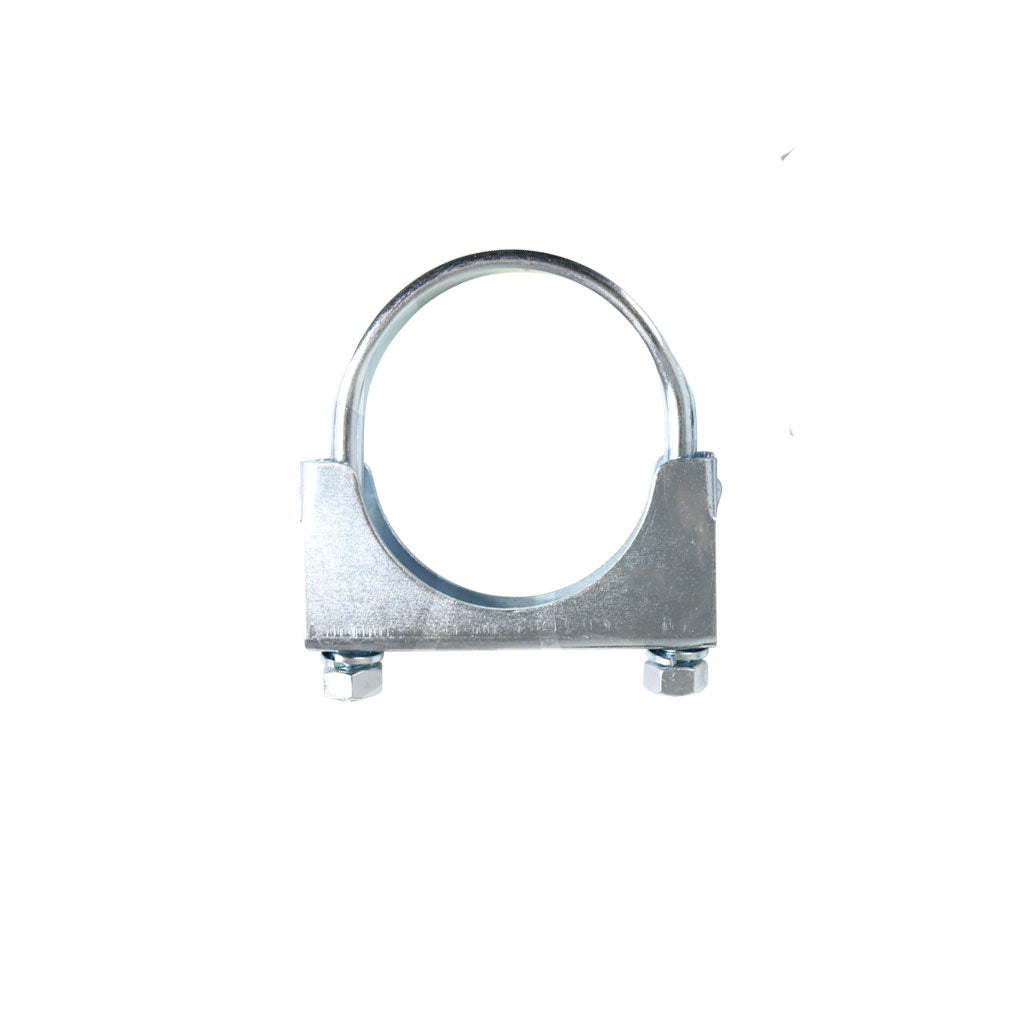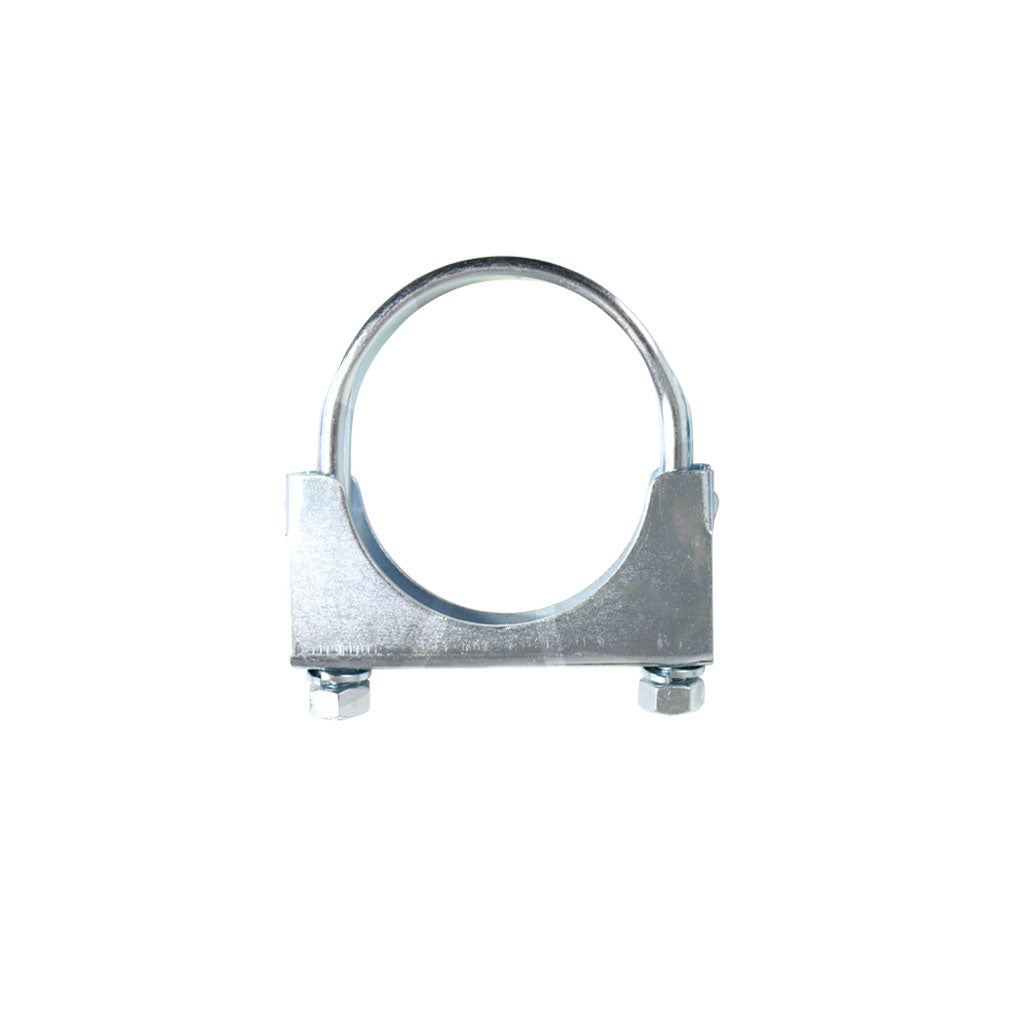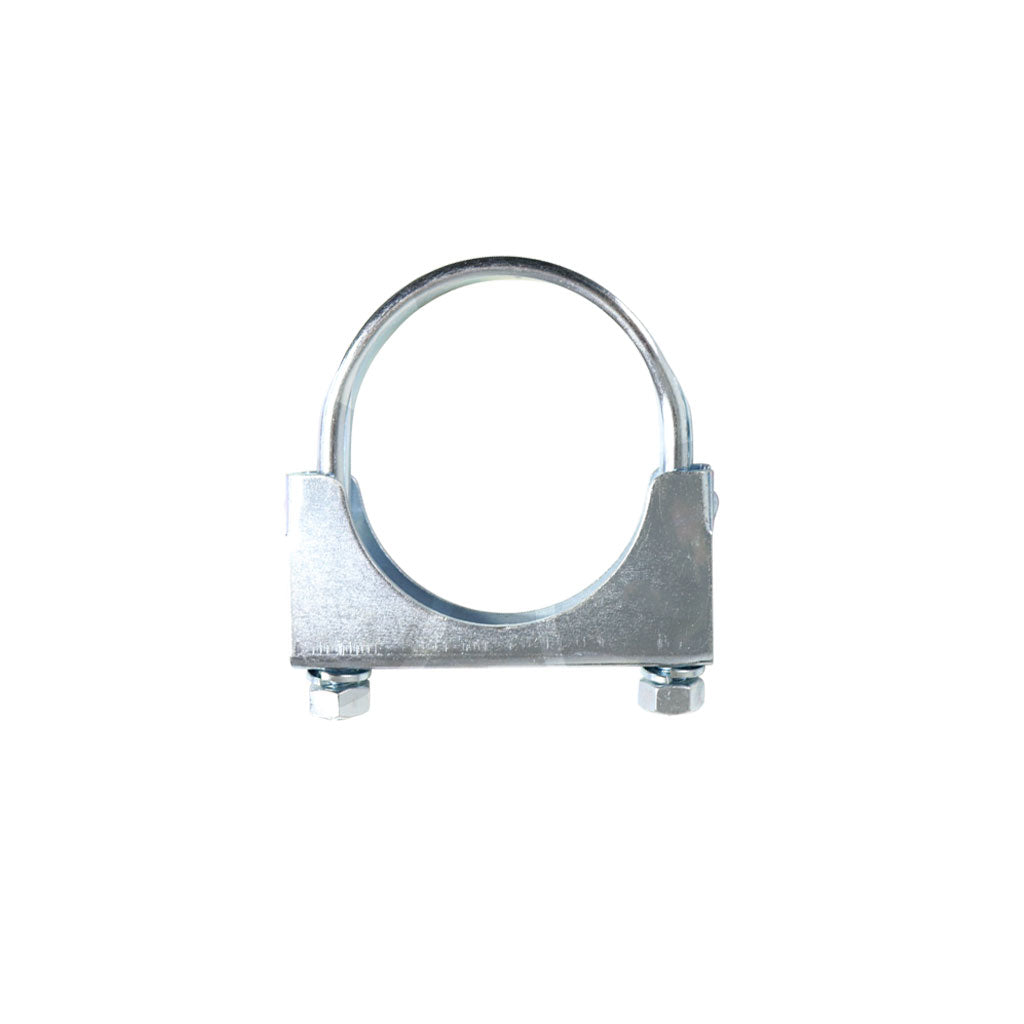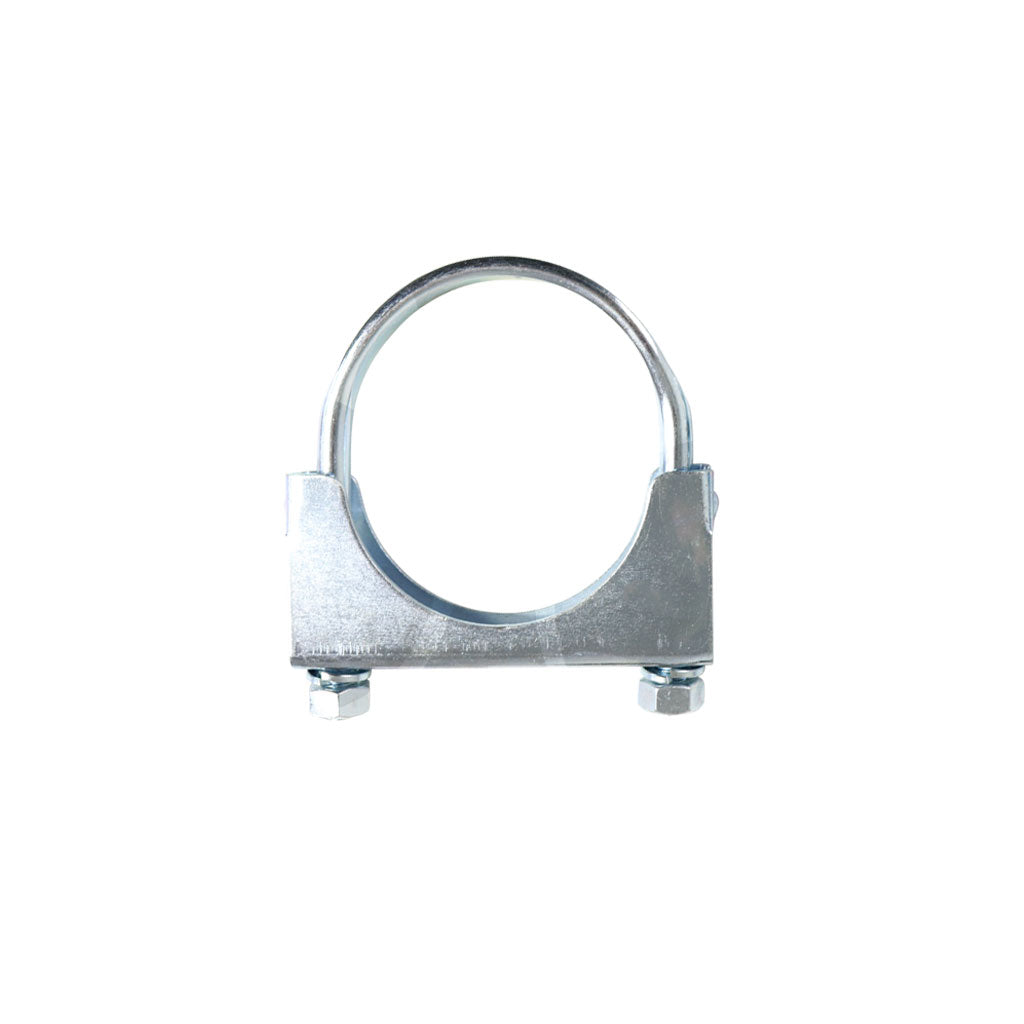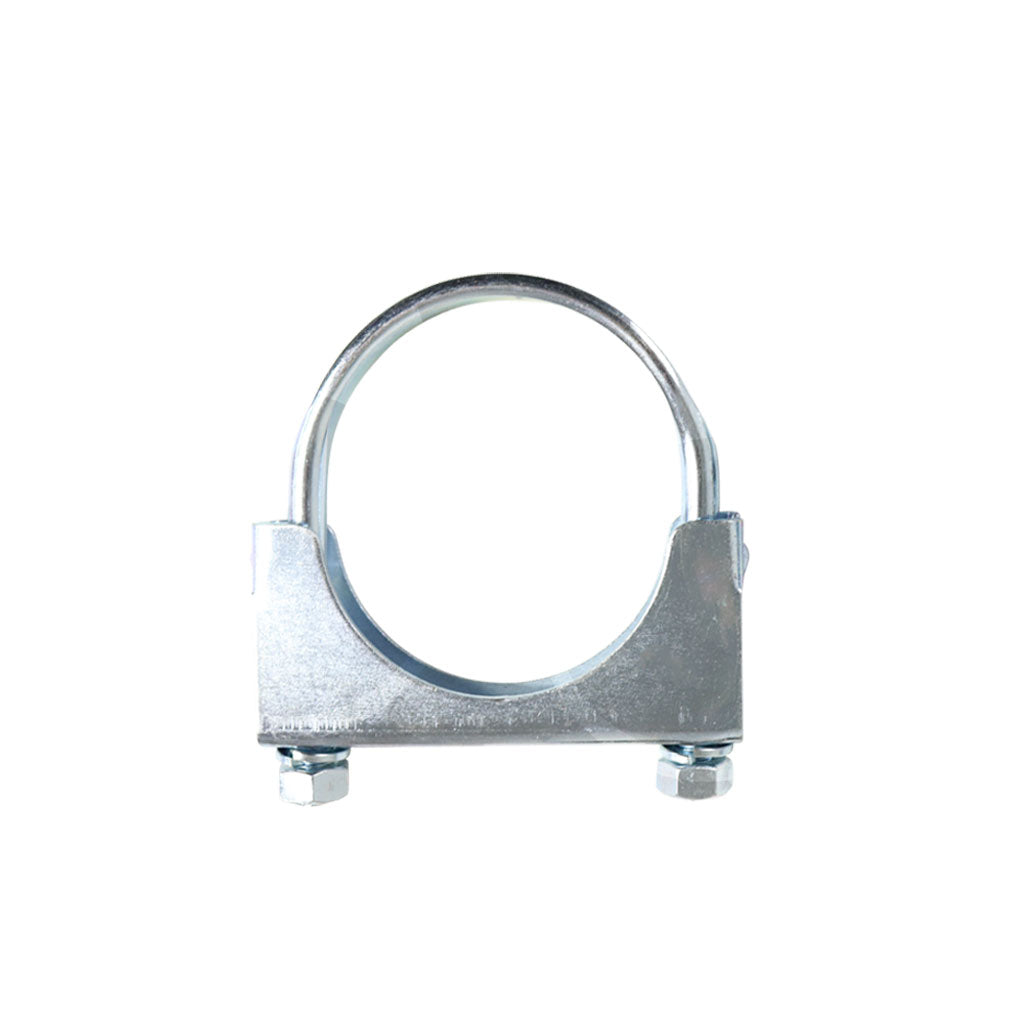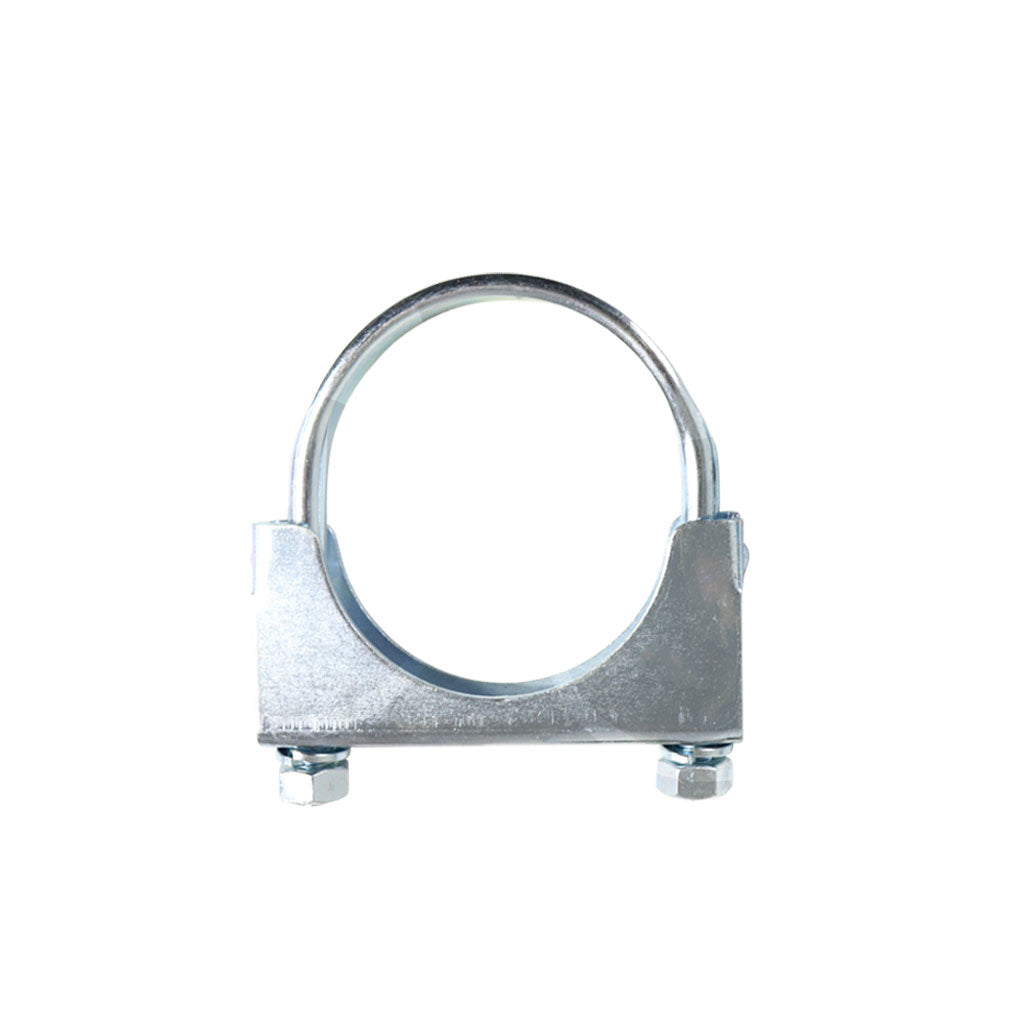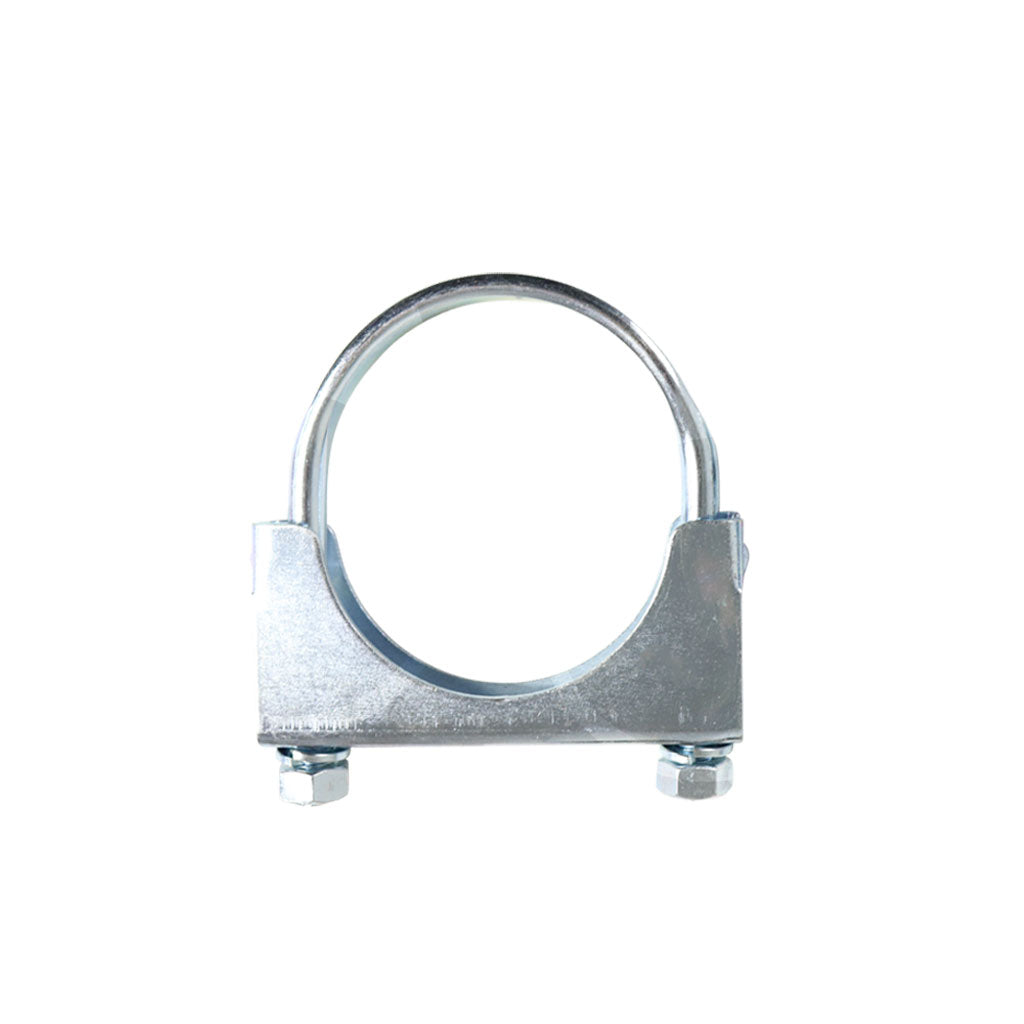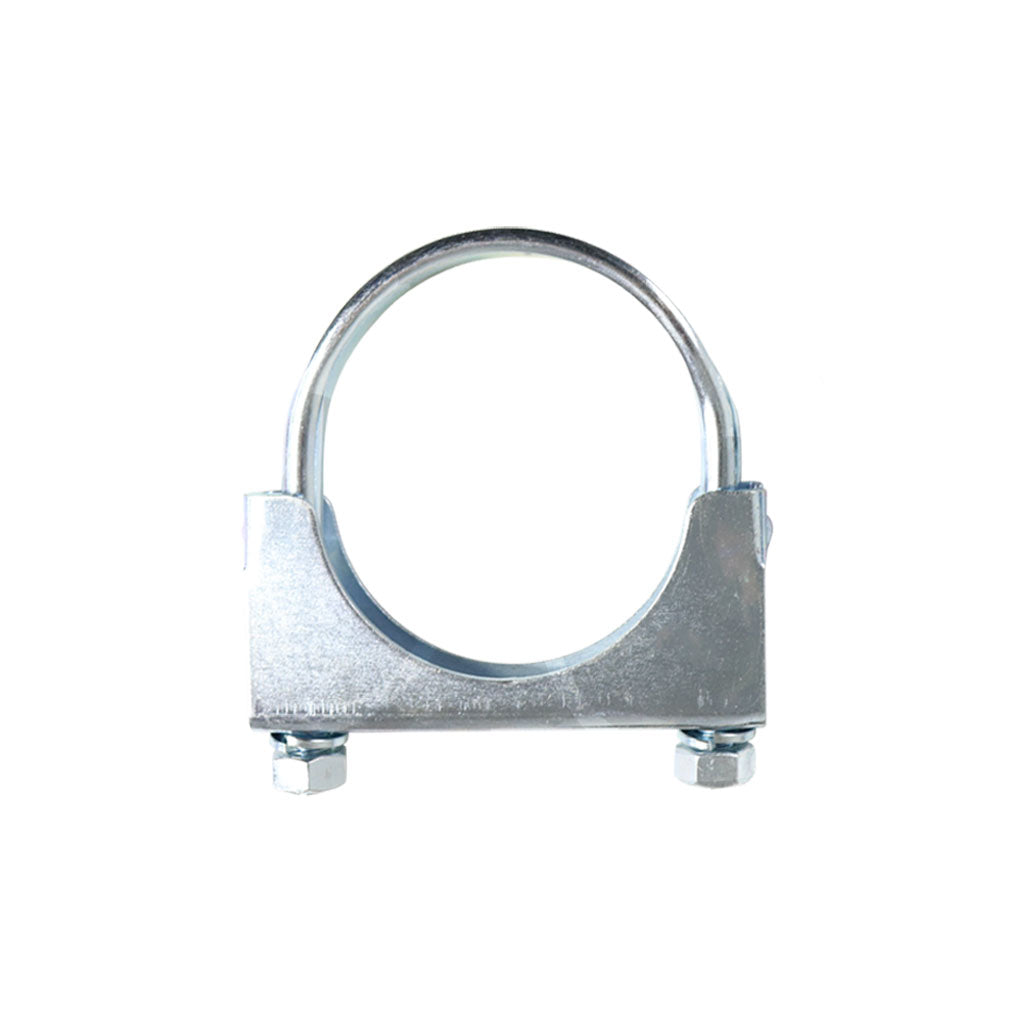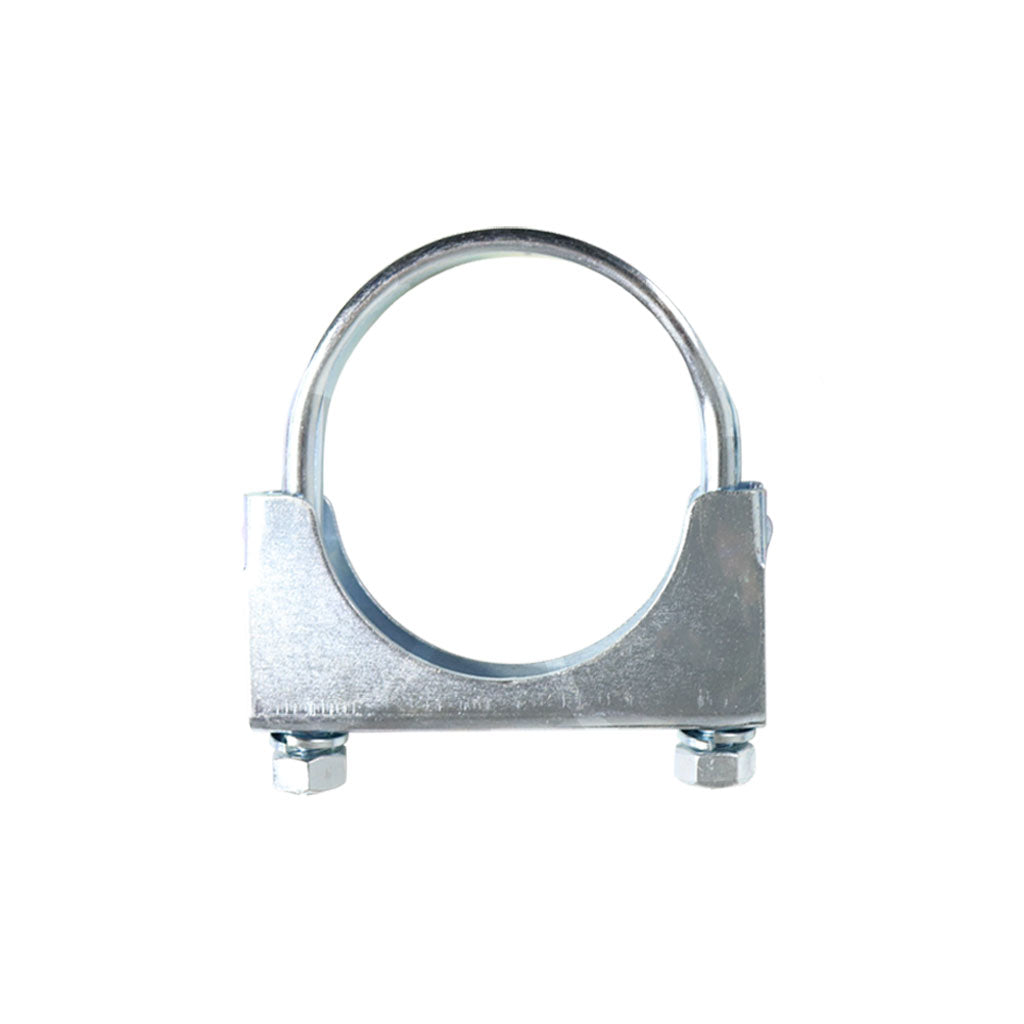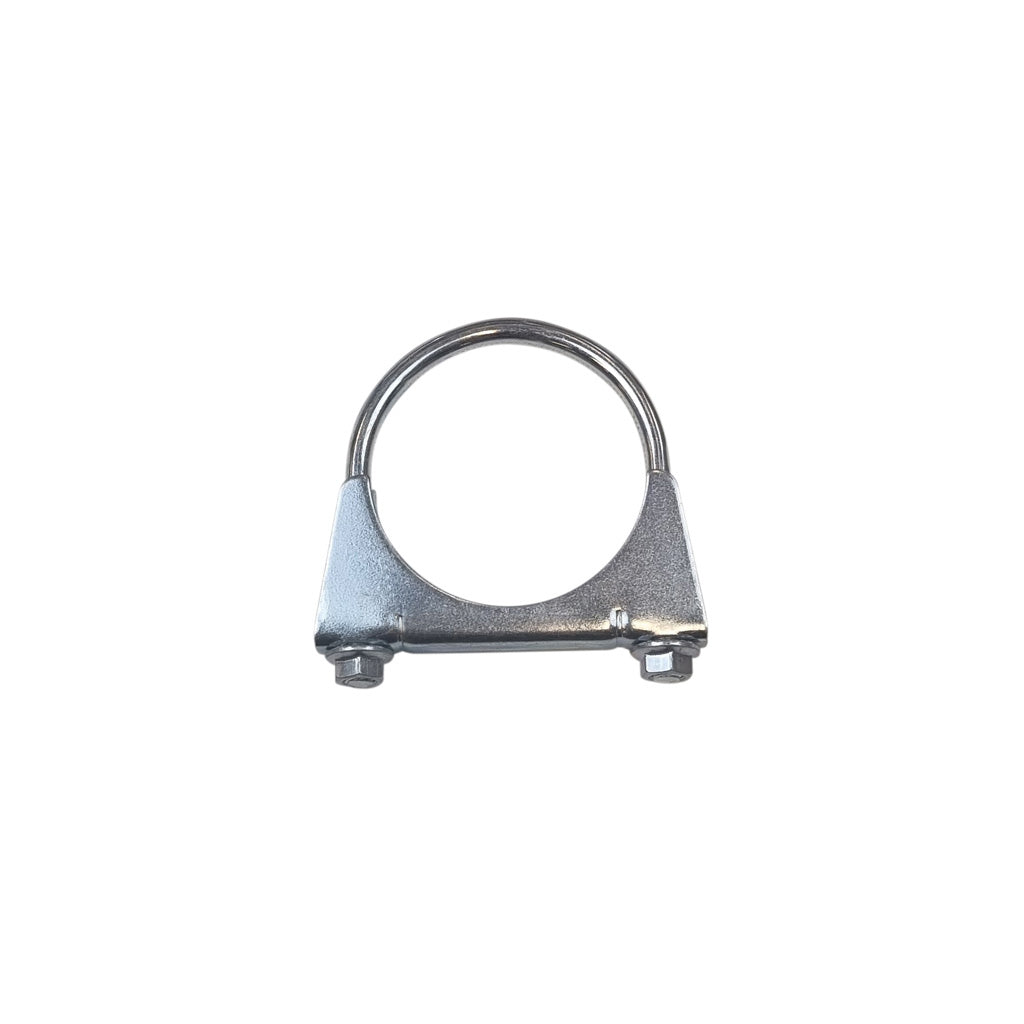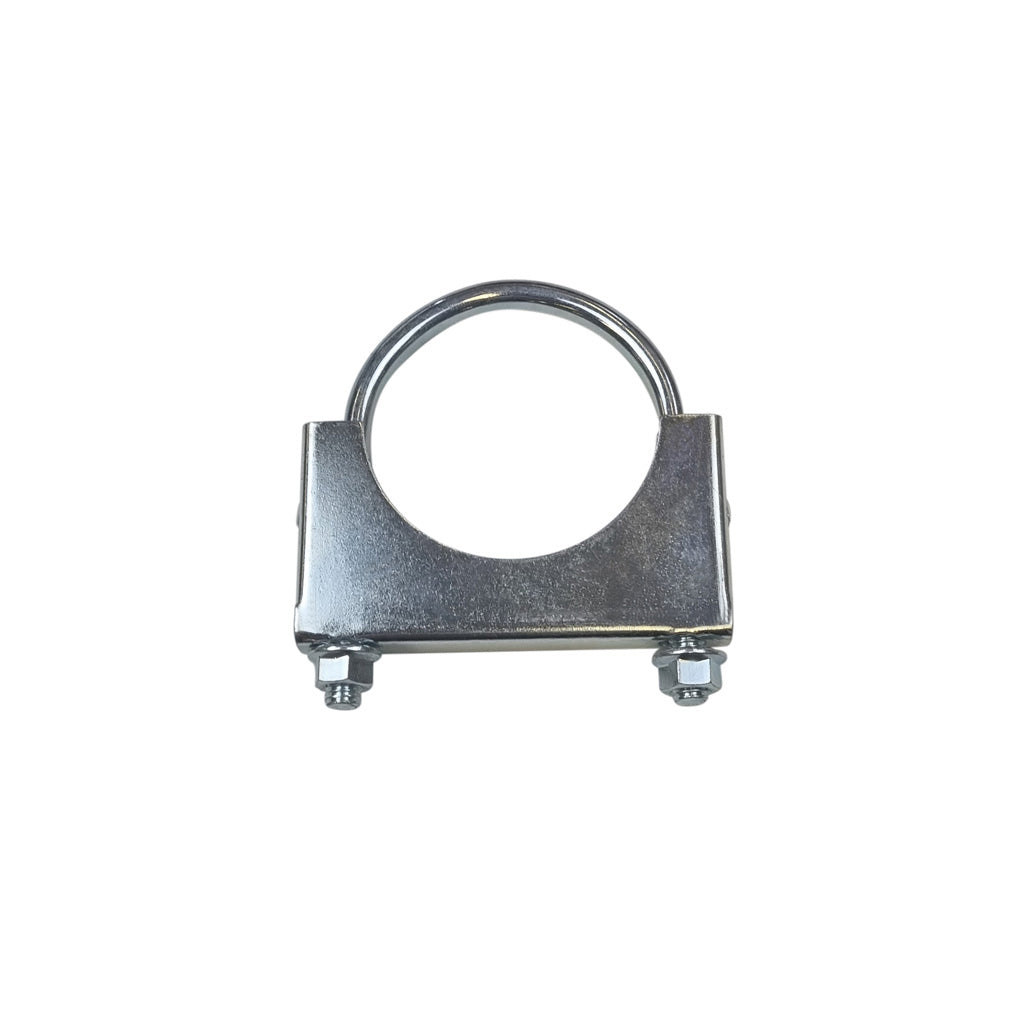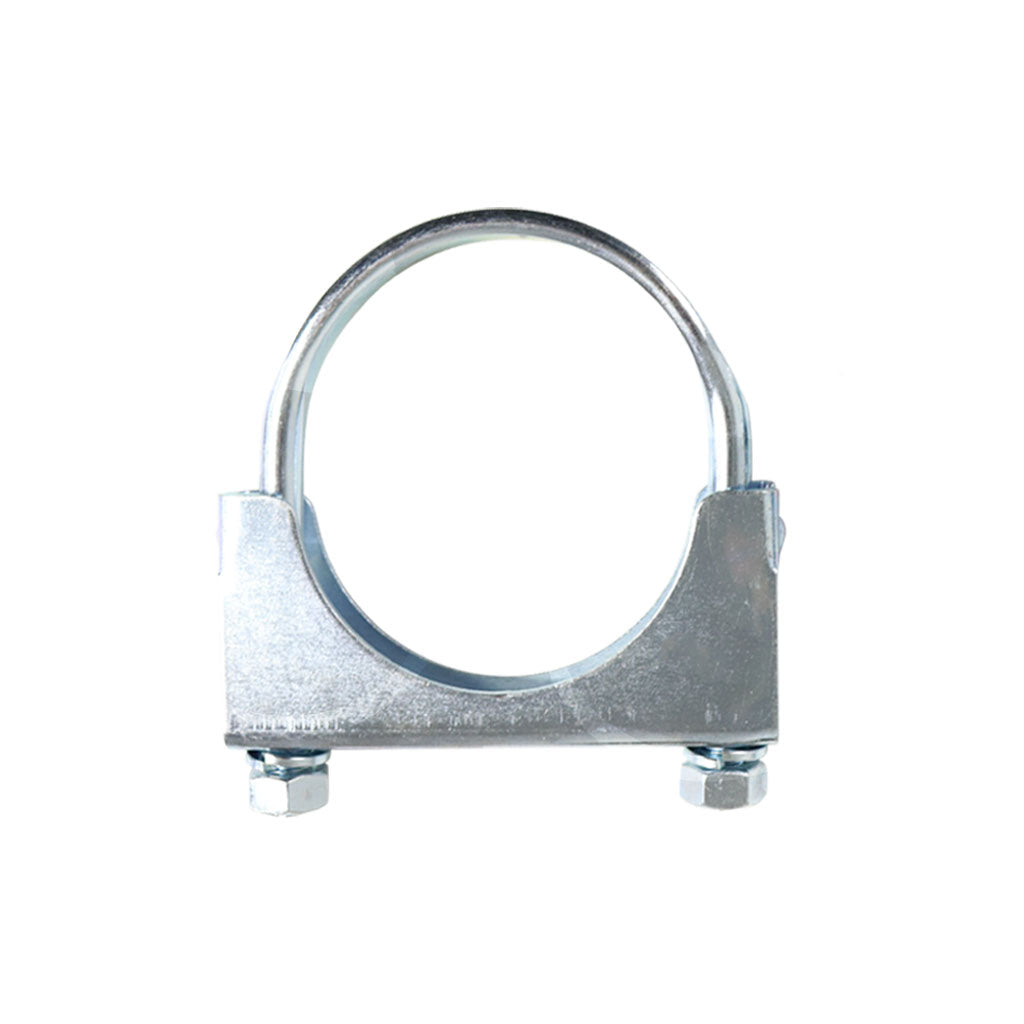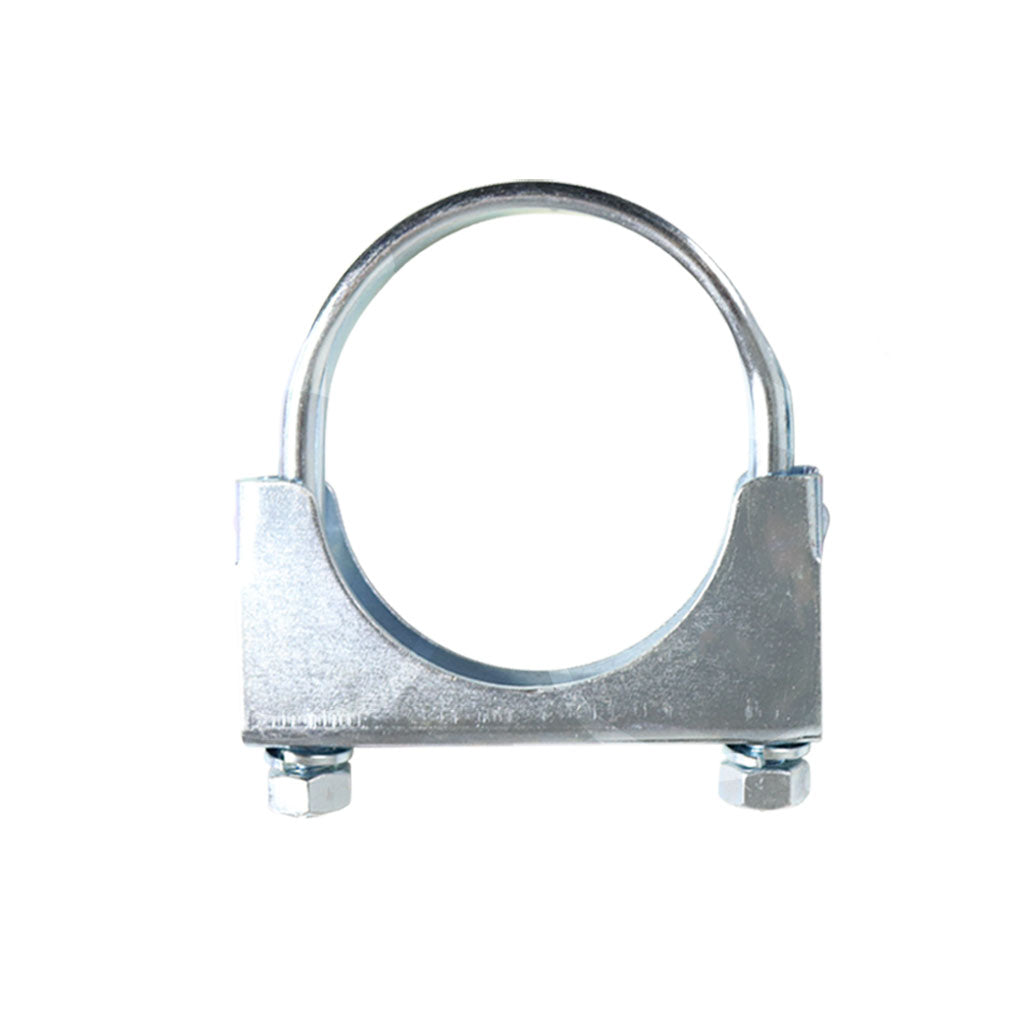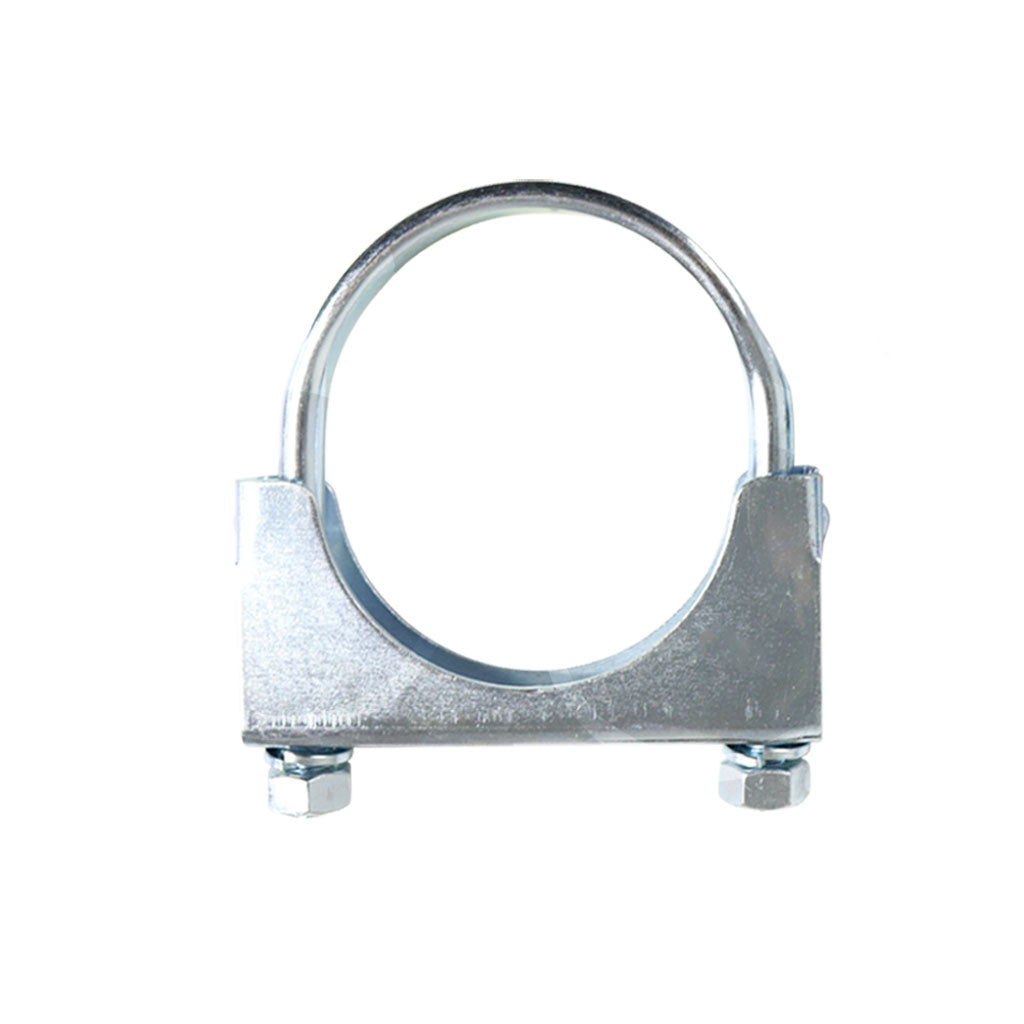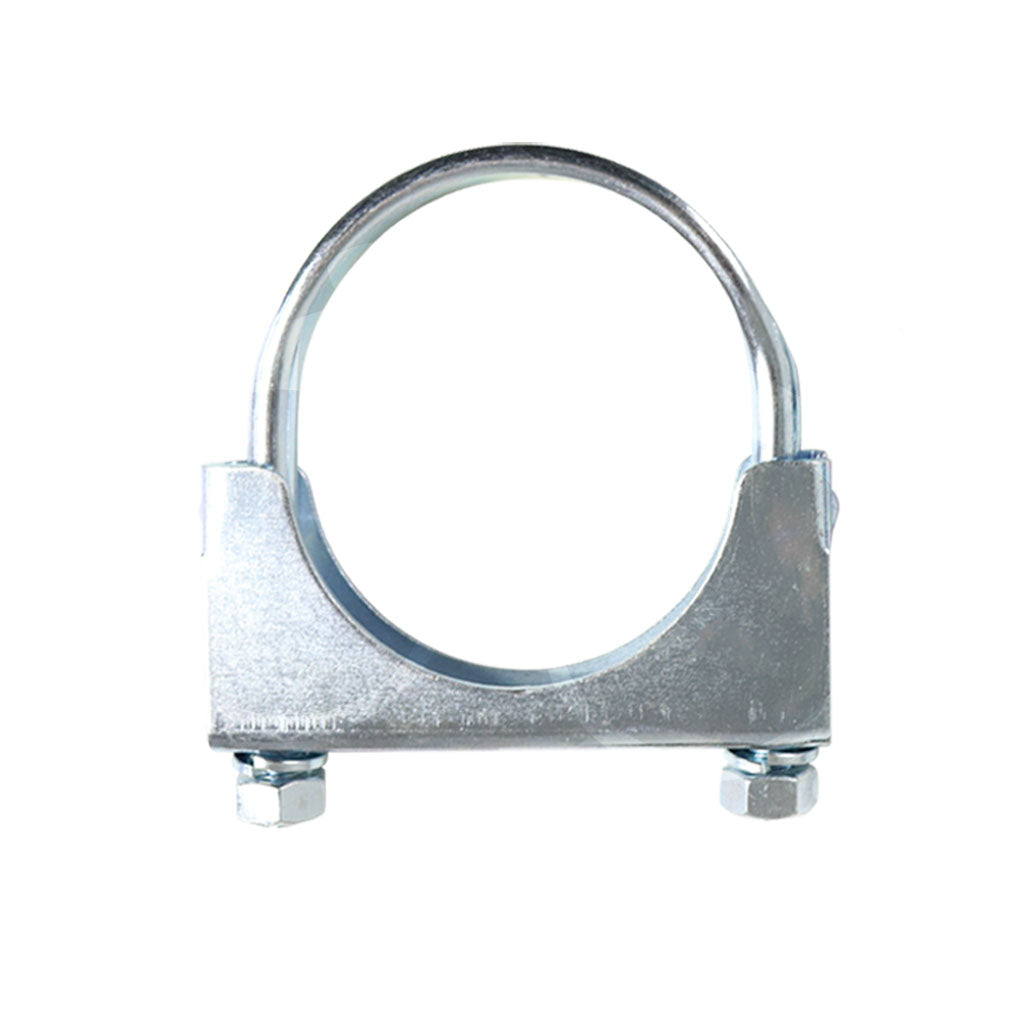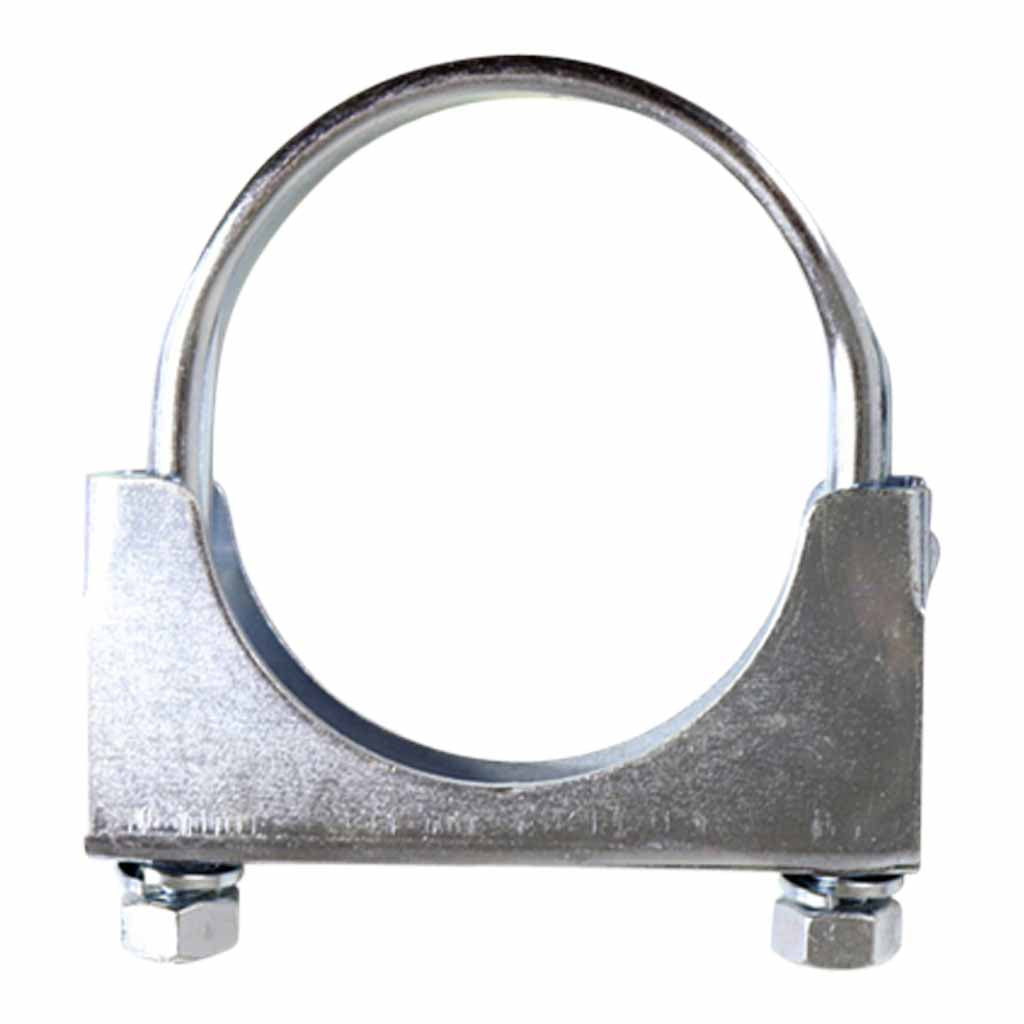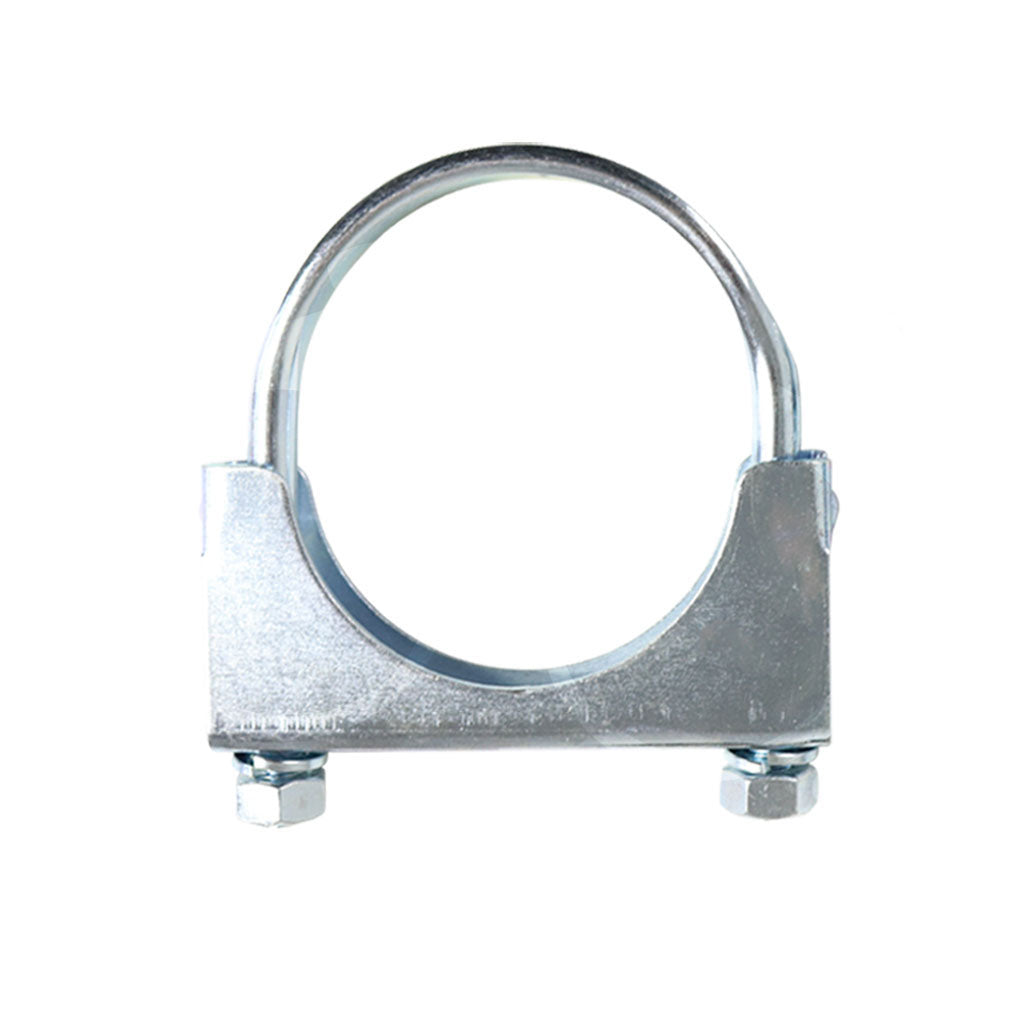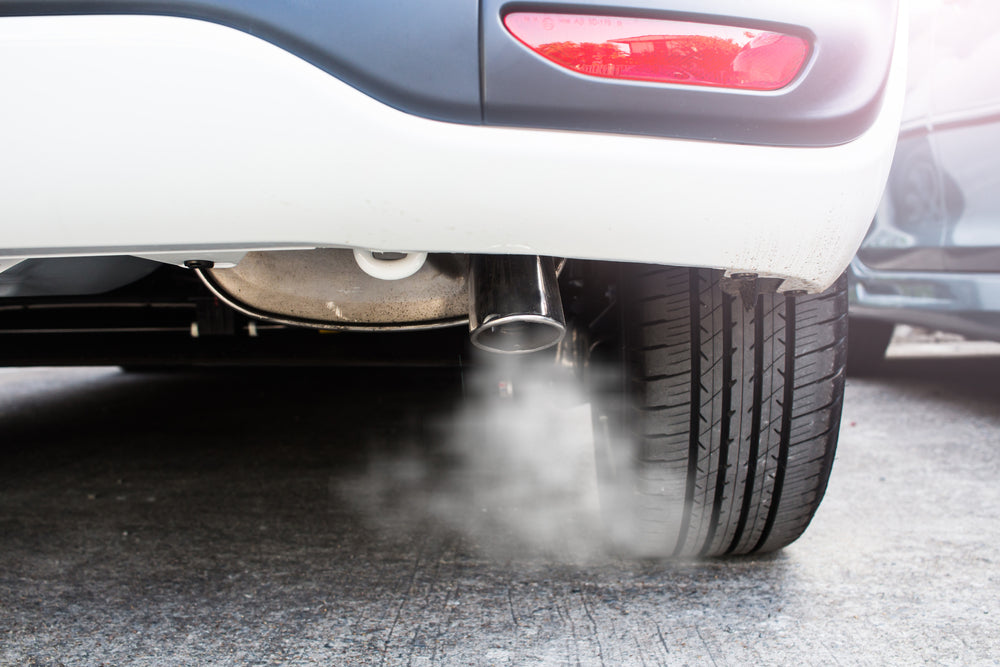It’s no secret that, as a car’s engine burns fuel, it releases a steady stream of CO2 (as well as a selection of other emissions) into the atmosphere. It is also common knowledge that these emissions are heavy contributors to the pollutants trapping heat within the planet and changing the climate.
As such, it is essential to have the proper systems in place to mitigate vehicle exhaust emissions. In this article, DEA Performance has compiled some information on how an exhaust system can affect a car’s carbon emissions.
What Comes Out of a Car Exhaust & What Emissions Can Damage the Environment?
A car's exhaust system is responsible for releasing the gases produced during the combustion process in the engine. These gases include carbon dioxide (CO2), nitrogen oxides (NOx), and hydrocarbons (HC), which can have harmful effects on the environment and human health:
- Carbon dioxide is a greenhouse gas that traps heat in the Earth's atmosphere, contributing to global warming and climate change
- Nitrogen oxides are pollutants that contribute to the formation of smog and ground-level ozone, which can cause respiratory problems and other health issues
- Hydrocarbons are also pollutants that contribute to the formation of smog and can be harmful to human health when inhaled
In addition to these gases, a car's exhaust system can release particulate matter, which is a type of air pollution made up of tiny particles that can be inhaled into the lungs and cause respiratory problems.
The number of emissions a car releases depends on various factors, including the fuel type, the age of the vehicle, and how well the vehicle is maintained. Older vehicles tend to discharge more emissions because they may not have the latest emissions-reducing technologies installed.
How Does a Car Exhaust System Work?
Exhaust systems are comprised of several components that work together to release the gases produced during the combustion process in the engine. These components include:
- Exhaust manifold: A pipe located at the front of the engine that collects the gases produced by the engine's cylinders and directs them towards the catalytic converter.
- Catalytic converter: A device that reduces the number of harmful emissions the car releases by converting them into less harmful substances. It does this through a chemical reaction that takes place inside the converter.
- Muffler: A device that helps reduce the noise produced by the exhaust system. It works by reflecting sound waves back and forth inside the muffler, which helps to cancel out the noise.
- Tailpipe: The final component of the exhaust system and is responsible for redirecting and releasing exhaust gases into the atmosphere.
How Can You Improve Your Exhaust System to Reduce Emissions
There are several ways to improve your car’s exhaust system to reduce emissions, including:
Regular Maintenance
One way is to ensure that your car is maintained regularly to keep it in good working condition. This includes periodic tune-ups, oil changes, and replacing worn or damaged parts.
Practice More Efficient Driving
You can also reduce emissions by driving more efficiently. Where possible, drive at a steady speed, avoid rapid acceleration and braking, and use cruise control on long stretches of road. Adopting these simple changes can significantly help you to be more fuel-efficient and, in turn, reduce the number of emissions your car produces.
Upgrade to Use Aftermarket Exhaust Systems & Emission-Reducing Technologies
There is a selection of aftermarket exhaust systems available that can improve the performance of a car's exhaust system and reduce its carbon emissions. These exhaust systems are designed to optimise the flow of exhaust gases and minimise the emission of harmful substances.
You can also consider upgrading your car with emissions-reducing technologies, such as a more efficient catalytic converter or an exhaust gas recirculation (EGR) system. An after-market catalytic converter helps to better reduce the number of harmful gases released by your car by converting them into less harmful substances. An EGR system, on the other hand, helps to reduce NOx emissions by recirculating some of the exhaust gases back into the engine, where they can be burned again.
Learn More About Our Selection of Exhaust Systems Available at DEA Performance Today
If you would like to learn more about our selection of exhaust systems available at DEA Performance, please feel encouraged to contact us today by calling (03) 9793 9916 or submitting an online enquiry form, and we will be in touch as soon as possible.
